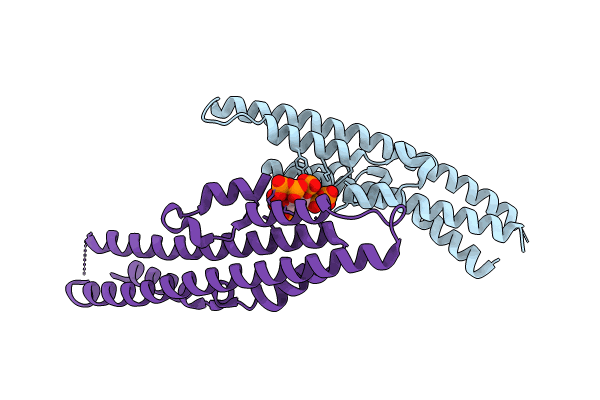
Deposition Date
2023-08-25
Release Date
2024-06-12
Last Version Date
2024-12-25
Entry Detail
PDB ID:
8TYV
Keywords:
Title:
Crystal structure of the SPX domain of XPR1 in complex with IP8
Biological Source:
Source Organism:
Homo sapiens (Taxon ID: 9606)
Host Organism:
Method Details:
Experimental Method:
Resolution:
1.85 Å
R-Value Free:
0.27
R-Value Work:
0.23
R-Value Observed:
0.23
Space Group:
P 1 21 1


